HOW TO DEADLIFT: YOUR GUIDE TO GETTING STRONGER WITH PROPER FORM

The deadlift must be one of the most important exercises in your toolbox. The benefits of knowing how to move and generate force through the hips are not only going to make you look good and strong. It is going to help you outside the gym whether you are an athlete on the field or helping a friend move furniture.
It is critical for your safety to know how to move through the hips and without your low back. You only get one body, so take care of it by being smart about how you move in your day and in the gym.
The foundation of a deadlift is a hip hinge, so whenever you pick up a box off the floor or your keys, you are deadlifting in some capacity.
The question is, are you doing the movement through the hips or the low back?
DEADLIFT BENEFITS
What are the benefits of learning how to deadlift?
Well, one of the reasons was already mentioned above. Knowing how to pick something off the floor using your hips and not your back is a big one.
If you are a parent, you know that you are always bending over to pick up your kids, toys, diaper bags, and the food that they throw off their trays.
If you did that all day with your low back as the main driver, then the low back is going to start feeling it.
Before I keep going, I am not saying you should never move your low back. It has the capacity to move, but it’s the frequency and load that becomes the issue.
Always loading the low back and letting it move tends to cause some chronic issues over time.
That’s why it’s so important to learn to move with the hips so when you need to move the low back, it is not fatigued and overused.
POSTURE

Deadlifts will hit almost every single muscle in the back, going from the head to the toes. This is very beneficial to modern society with technology and office work.
Sitting at your desk over a computer, or on the couch with your phone, is not good for the back muscles.
This constant posture will lead to issues of the upper back being weak, shoulder instability, and low back pain.
When you learn how to deadlift, you strengthen all those muscles that help you from these issues.
STRENGTH/PERFORMANCE/MUSCLE BUILDING
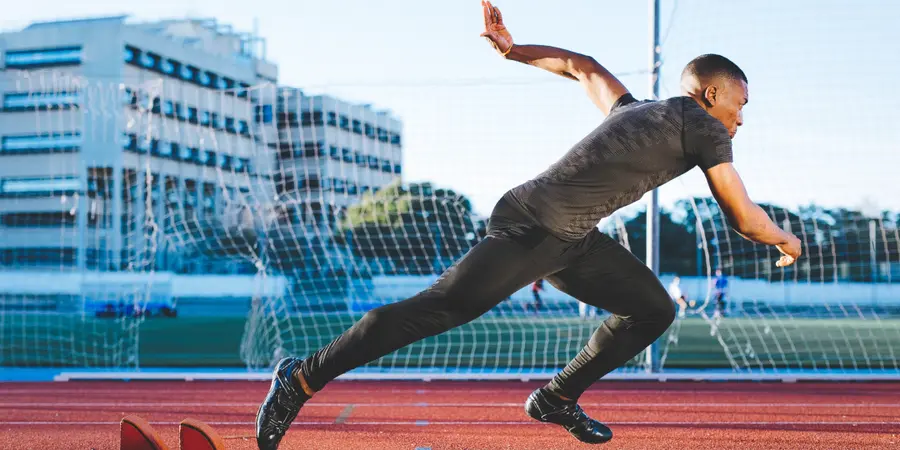
As I mentioned before, deadlifts can be great for overall strength, performance, and building muscle.
Want a bigger back?
Deadlift.
Want a bigger butt?
Deadlift.
Want to sprint faster and jump higher?
Deadlift.
There is a reason why strength coaches program deadlifts into their athlete’s routines. Having stronger glutes and hamstrings allows them to perform better.
MUSCLES WORKED DURING DEADLIFTS
The number of muscles you are using for the deadlift is crazy to think about, to be honest. Like I said earlier, the whole backside is being worked, but you also have your core muscles, the quads, your neck, and your arms.
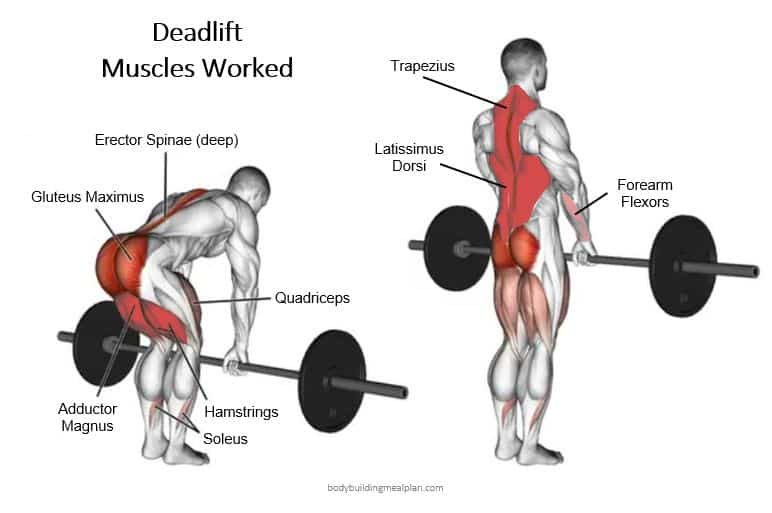
This picture is a good visual of what muscles are working while you deadlift.
Clearly, you can see the whole back is getting worked.
Often the deadlift is categorized as a leg exercise, but honestly, it’s a full-body exercise. The hips will be your main driver, but everything else is creating a significant amount of tension, isometrically, to create stability.
This isometric tension oftentimes gets overlooked, but it’s one of the most important parts of a deadlift. Without this tension, your form is going to be all over the place.
Also, the amount of tension you are putting go your muscles cannot compare to the tension from other exercises. For example:
A single arm row for 5 reps compared to a deadlift for 5 reps, which will have more tension on the back muscles?
Easily the deadlift, even though it’s not moving, the tension of those muscles can’t compare. That doesn’t mean only deadlift though to build the back, you need both.
My point is that the whole body is working to complete this movement in a coordinated manner. Don’t overlook the muscles being worked from deadlifting.
GETTING STARTED
Let’s say you are brand new to lifting, and you very well could be, and that’s great. If you are wanting to learn to deadlift, the first thing you need to do is learn how to hip hinge.
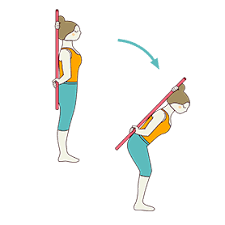
The hip hinge is the foundation of a deadlift. It’s like building a house, you can’t build one without a foundation, and you can’t deadlift without a proper hip hinge.
In this video, I go over what a hip hinge is and how to get started.
Practice the hip hinge, and get really good at it so it becomes instinct to do it without using a stick.
KETTLEBELL DEADLIFT
The next progression would be incorporating weight to load the hip hinge pattern.

Something I always do is start with kettlebells, and depending on the individual, I would elevate the kettlebell on a 6 in or 12 in box.
If my client has tight hamstrings, I will start them with a 12 in. box. The goal is to teach the hip hinge pattern under load with great form.
This step is great at building not just strength, but also confidence in moving through the hips.
Similar to you learning how to ride a bike, you probably started on a three-wheeler and transitioned to a bike with training wheels. Doesn’t make sense to go right into a bike with no training wheels.
The kettlebell deadlift is your training wheels for the bigger deadlift variations. If your access to kettlebells is limited, you can use two kettlebells to load it up, or use dumbbells.
If you must use dumbbells, you will probably have to use a box that is higher, since they don’t have the handles like kettlebells.
TRAPBAR AND BARBELL DEADLIFT
Your next progression, once you get strong and confident with the kettlebell, is either the trap bar or barbell deadlift.
Both are progressions, and I wouldn’t put one over the other, depends on the goal. I will say, if your goal is not to be a powerlifter, and you just want to move better, be strong, and lift well into old age, I would go with the trapbar for most of your deadlifts.
If you want to read more about why, check out my past blog, TRAPBAR VS BARBELL DEADLIFTS.
CONVENTIONAL BARBELL DEADLIFT FORM
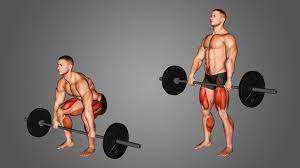
First, I will be discussing all the conventional barbell deadlifts.
Starting position for this exercise will have your feet about hip-width apart or closer. I suggest you take your time and play with feet placement.
Start with your feet straight and work your way to a 30-degree angle out and see what feels best for you. Obviously, while you are playing with foot position and getting accustomed to the movement, keep the weight low.
- Walk up to the bar and place your feet in your starting position.
- You want the bar to be right over the top part of the foot. If you are wearing shoes, it would be over your shoe laces.
- Hinge your hips back till your hand can grab the bar; you will probably have more knee bending for this.
- Brace the core, and be sure to keep a neutral spine. Drive your shoulders down towards the hips. I want you to imagine you have oranges in your armpits, and you want to make orange juice.
- You also want to try and break the bar in half. What you are doing is trying to create full body tension before lifting the weight.
- I want you to gently push your feet into the ground till you hear a small clink from the bar. This is taking the slack out of the bar.
- Be sure your hips are lower than your shoulders.
- Now drive your legs into the ground and stand tall.
- With control lower the weight back down to the ground.
SUMO DEADLIFT
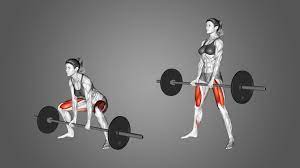
I will be honest with you here; I have no experience doing the sumo deadlift. Never learned it for myself and never taught it.
I know enough that the stance is wider, and your adductors, the inside of the legs, are working more.
With that said, if you were interested in the sumo deadlift, or want to try it for yourself and see if it’s a better fit for you, I want you to go to this article from Jordan Syatt. He is another coach who does an amazing job at going over the sumo deadlift. TRAPBAR DEADLIFT
THE TRAPBAR DEADLIFT
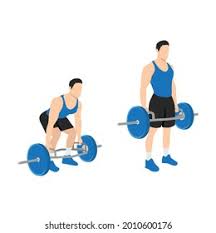
The trapbar deadlift is one of my go-to deadlift variations for myself and all my clients that I teach once they get strong with the kettlebell deadlifts.
Here is how you would set up and get into position.
- Get in the center of the Trapbar
- If you are wearing shoes, line up your shoelaces with the weight on the bar, right in the center.
- Brace your core and squeeze your oranges to make orange juice. Hinge down to the handles.
- Grab the center of the handles, now gently push your legs into the ground till you hear the bar clink. That clink is you taking the slack out of the bar. At this point you should be tense, hips lower than the shoulders.
- Now drive your feet into the ground and push the ground away from you and stand tall.
- With control lower the weight back down to the ground.
Watch this video of me performing this exercise. I go step by step through how to do the exercise and why I love the trapbar.
HOW TO GRIP THE BAR
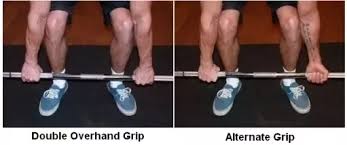
When using the barbell, how are you supposed to grip the bar?
I won’t talk about the trapbar since you only have one option to grip the bar.
With the barbell, you have a couple of options you can choose from. There are pros and cons to both options.
First is the double overhand grip you see in the picture above. With this option, you are less likely to pull your bicep while lifting, and you’re going to be more symmetrical in stabilization with your shoulders and upper back.
Your other option is the alternate grip or also known as the over-and-under grip. Typically, the stronger arm will be the palms upside. With this grip, you are less likely to lose your grip and drop the bar when the load gets heavy.
The downside of the double overhand grip is that you’re not going to be able to load it as heavy as your alternate grip. When you go heavy, the bar will spin out of your hands.
With your alternate grip, the downside is it can put a strain on the bicep with the arm that is palms up. I also noticed some twisting of the upper back due to the asymmetrical forces of how the bar is being held.
I am not sure about the stats for pulling a bicep, but there are many videos out there where the dead lifter is pulling the weight with a mixed grip and their bicep just pops.
What I recommend is that you go if you can with a double overhand grip, and with your mixed grips, alternate how you hold the bar.
For example, if I was deadlifting, I would do all my warmup sets with an overhand grip. With my working sets, I would stick with overhand till I can’t anymore. After that, I would switch hand positions after each set. I got to 350lbs till I couldn’t do overhand anymore.
HOW YOU SHOULD BREATHE

Breathing and bracing your core is a skill while deadlifting. It takes practice to be able to brace the core for stabilization and be able to breathe while doing so.
If you look at the picture, you can see that pressure is pushed out in all directions in the abdomen area, this is the Valsalva maneuver.
A good visual I like to use is for you to imagine that you have a balloon inside your lungs and stomach. Brace the core like you are about to get punched and fill the balloon with air, creating pressure not just in the front but also in the back.
This intra-abdominal pressure is going to help you keep a strong, stable back while deadlifting, and any other compound exercise.
You will need to be careful with this, if you were to try and do this with a 10-rep set, you’re going to pass out. The Valsalva maneuver is best with reps of 5 or fewer. When you go for higher reps, you want to keep the core braced while also maintaining the ability to breathe.
As I mentioned earlier, it is a skill, and you will have to practice it. When you do the higher reps, it isn’t maxed pressure that you’re looking for in the core, it’s enough to feel stable and be able to breathe.
TOUCH AND GO OR RESET?
You have two options on how you rep deadlifts. One option is you can do a touch-and-go approach, this is when you touch the floor but never fully reset. This allows you to use the momentum and rep out more reps.
Your other option is resetting after each rep, after each rep, the weight comes to a complete stop before repping it again. There is no momentum to aid you in each rep.
You have a choice on how you want to move forward. I tend to lean toward the reset-and-go approach. I don’t want to rely on momentum to lift the weight, but that is my preference.
FORM MISTAKES
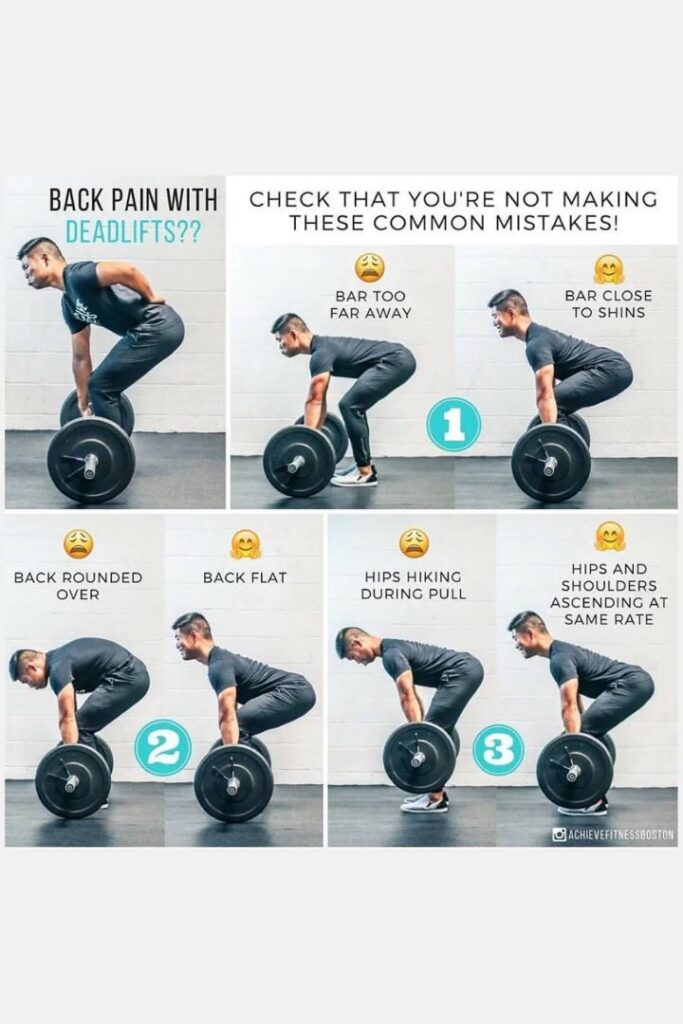
The picture you see does an amazing job of showing some common mistakes while deadlifting.
- Bar too far away
- Upper back rounding forward
- Hips hiking
- Toes lifting up
- Knees caving in
- Thrusting hips too far forward
These are just some of the most common mistakes that I have seen. When you are doing your deadlifts, record yourself and review your form.
STRONGER WITH DEADLIFTS
Now that you know what a deadlift is and how to do it, I wanted to give you some tips on getting stronger with the movement.
First, you must incorporate hip mobility and core stability exercises into your routine. Having mobile and strong hips are going to help your deadlift be stronger and feel better while doing it.
Having a strong core is going to keep your back safe and again, help you push more weight. To be clear, I mean core stability exercises, not sit-ups.
The second tip for you is to not max out to failure for every workout. Use the RPE scale (rate of perceived exertion) 1 being super easy and 10 being extremely difficult.
Every set should hover around 7/8, challenging but still able to do 3-4 more reps. Remember you are building strength, not testing. Each week progress by either adding weight, reps, sets, moving the weight faster, better form and just feeling good after each group. Many ways to progress without adding weight.
The last tip for you is to take breaks every 4-6 weeks. This allows your body to recover and adapt to all the hard work you have been putting in.
I hope this helps you understand more about how to do the deadlift and helps you to get stronger while feeling good. If you have any questions, please reach out to me at cory@caruthersfitness.com.